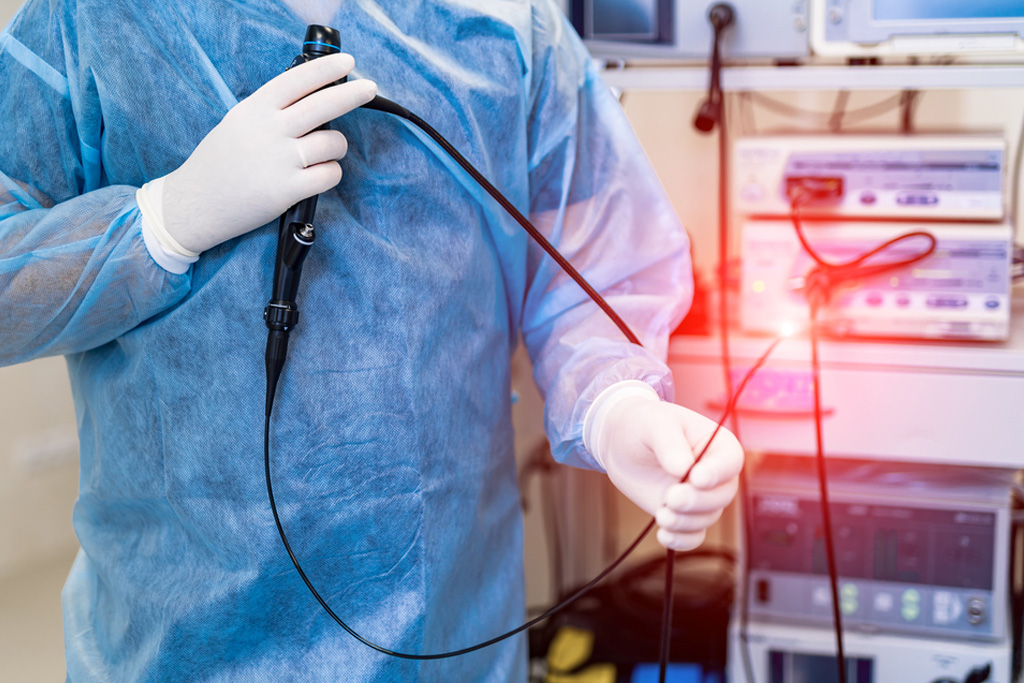Endoscopy has revolutionized the field of gastroenterology, offering minimally invasive solutions for diagnosing and treating a wide range of gastrointestinal (GI) disorders. Recent advancements in endoscopic procedures have significantly improved patient outcomes, reduced recovery times, and expanded the capabilities of gastroenterologists. This blog explores the latest advancements in endoscopic procedures for gastrointestinal disorders, highlighting their benefits and applications.
What Are Endoscopic Procedures?
Endoscopic procedures involve the use of an endoscope—a flexible tube with a light and camera—to visualize the interior of the GI tract. These procedures allow for direct examination, biopsy, and treatment of various GI conditions without the need for major surgery.
Key Advancements in Endoscopic Procedures
1. Endoscopic Ultrasound (EUS)
Endoscopic Ultrasound combines endoscopy and ultrasound to obtain detailed images and information about the digestive tract and surrounding tissues and organs. EUS is particularly valuable for:
- Staging of GI Cancers: EUS provides detailed images that help in the accurate staging of cancers of the esophagus, stomach, pancreas, and rectum.
- Fine-Needle Aspiration (FNA): EUS-guided FNA allows for precise sampling of tissues and cysts, aiding in the diagnosis of various conditions.
- Drainage Procedures: EUS is used for draining pancreatic pseudocysts and other fluid collections.
2. Endoscopic Retrograde Cholangiopancreatography (ERCP)
ERCP combines endoscopy and fluoroscopy to diagnose and treat conditions of the biliary and pancreatic ducts. Recent advancements include:
- SpyGlass™ DS System: This innovative system enhances visualization within the bile ducts, improving the detection and treatment of bile duct stones, strictures, and tumors.
- Metal Stents: Self-expanding metal stents provide longer-lasting relief of obstructions compared to plastic stents, reducing the need for repeat procedures.
3. Capsule Endoscopy
Capsule endoscopy involves swallowing a small, pill-sized camera that takes thousands of pictures as it travels through the GI tract. This non-invasive procedure is particularly useful for:
- Small Bowel Examination: Capsule endoscopy is the gold standard for diagnosing conditions of the small intestine, such as Crohn’s disease, celiac disease, and small bowel tumors.
- Obscure GI Bleeding: It helps identify sources of bleeding that are not detected by traditional endoscopy or colonoscopy.
4. Third Space Endoscopy
Third space endoscopy involves advanced techniques to treat conditions within the walls of the GI tract. Key procedures include:
- Peroral Endoscopic Myotomy (POEM): POEM is a minimally invasive treatment for achalasia, a disorder that affects the ability of the esophagus to move food toward the stomach.
- Endoscopic Submucosal Dissection (ESD): ESD allows for the removal of large or early-stage tumors from the GI tract with precision, preserving healthy tissue.
5. Endoscopic Sleeve Gastroplasty (ESG)
ESG is an innovative, minimally invasive weight loss procedure. Using an endoscope, the stomach is sutured to reduce its size, promoting significant weight loss and improving obesity-related conditions such as type 2 diabetes and hypertension.
Benefits of Advanced Endoscopic Procedures
- Minimally Invasive: Most procedures are performed through natural orifices, avoiding external incisions and reducing the risk of complications.
- Reduced Recovery Time: Patients often experience shorter hospital stays and faster recovery compared to traditional surgery.
- Enhanced Precision: Advanced imaging and tools improve diagnostic accuracy and treatment precision.
- Outpatient Procedures: Many endoscopic procedures can be performed on an outpatient basis, minimizing disruption to patients’ lives.
Conclusion
The advancements in endoscopic procedures for gastrointestinal disorders have transformed the landscape of gastroenterology. These cutting-edge techniques offer minimally invasive solutions that improve patient outcomes, reduce recovery times, and expand the treatment options available for various GI conditions. Regular consultations with a gastroenterologist can help determine the most appropriate and advanced treatment options for maintaining optimal GI health.
To mainta good GI health schedule a consultation with one of the best gastroenterologist and hepatologist in Nashik Dr. Sachin Dhande, Click here.
Visit Dr Sachin Dhande at Dhande Gastro & Liver Care, Endoscopy Center – Nashik.

